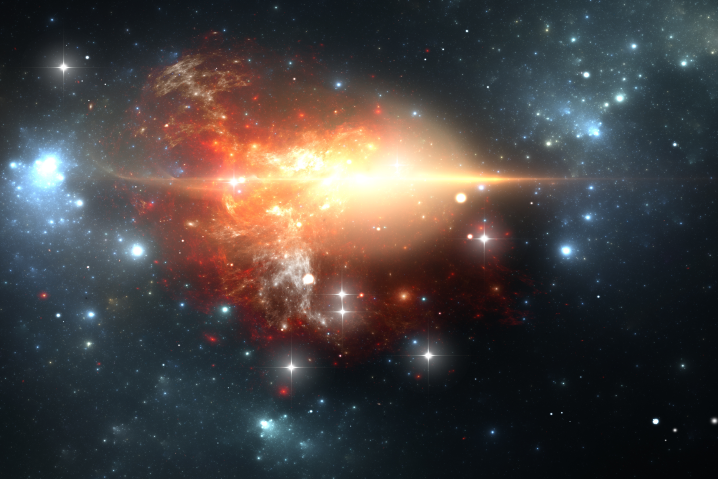Dark matter comprises 27% of the total mass in our universe but it has yet to be identified. Experimental physicists are working to develop dark matter detectors capable of distinguishing very small energy deposits.
Fourth generation detectors utilize germanium crystals, which can be simulated via quantum chemical software to predict how dark matter might interact with the crystal.
Germanium crystal synthesis has its own difficulties, including crystal purity.
The defects and impurities in the crystal detector have distinct impacts on the electronic structure of the material, which will greatly influence its behavior when dark matter interacts with it.
The most common electronically active impurities and crystal defects are simulated to determine the consequences of each.


